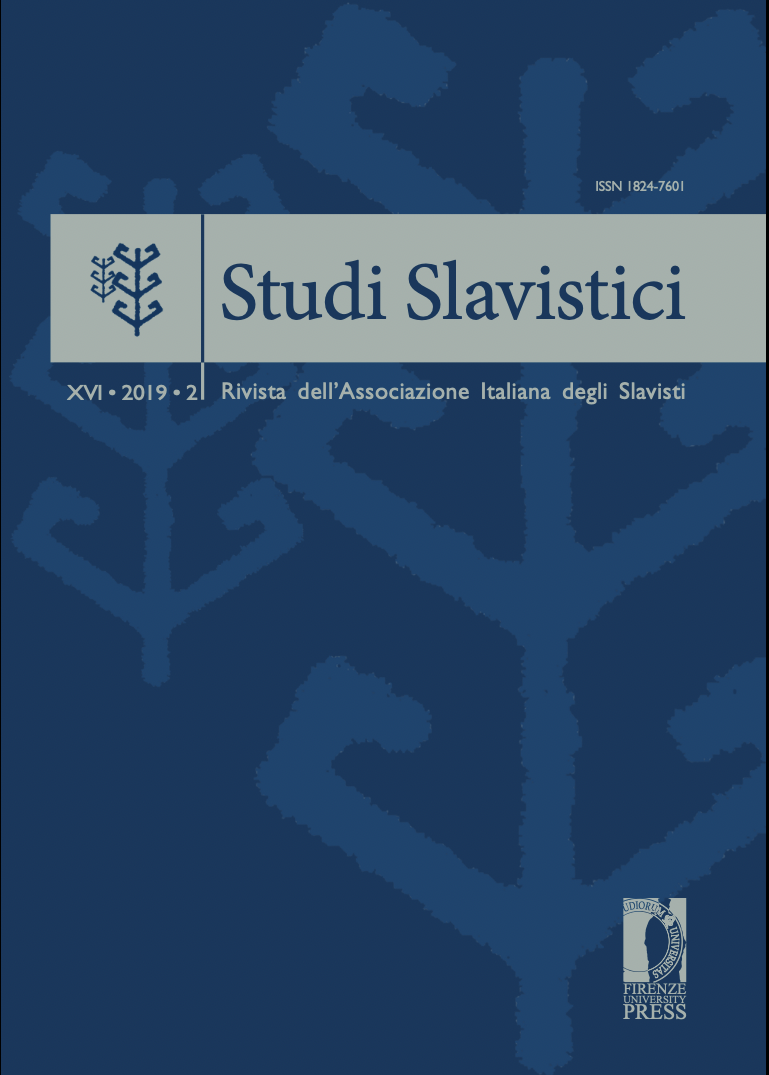Сурядно-підрядні складні речення як репрезентанти внутрішньорангового різнокатегорійного синкретизму
Published 2019-04-13
Keywords
- Inner-Grade Multi-Category Syncretism
Abstract
The article is devoted to the research of the representatives of inner-grade multi-category syncretism in the system of a composite conjunctive sentence. The expediency of the selection of coordinate-subordinate composite sentences, marked by inner-grade multi-category syncretism, is substantiated. Composite sentences revealing signs of coordinate and subordinate constructions are interpreted as representatives of inner-grade multi-category syncretism since they combine the differential features of composite sentences of various categories – complex and compound. The differentiation of transitional coordinate-subordinate structures to types, subtypes and varieties based on the syncretism of form, syncretism of meaning and syncretism of form and meaning at the same time, is motivated. There are four structural and semantic types of composite sentences, transitioned between coordination and subordination: 1) composite sentences, coordinate in form and subordinate in meaning; 2) composite sentences, subordinate in form and coordinate in meaning; 3) composite sentences, coordinate-subordinate in form and meaning; 4) partially phraseologized subordinate-coordinate composite sentences. The first three types are analyzed thoroughly as partially phraseologized sentences and represent not only the inner-level syncretism, but also the inter-level syncretism, combining the feature of phraseological and syntactic levels.
Within the composite sentences, coordinate in form and subordinate in meaning, the subtypes are differentiated: causal and consequential, conditional and consequential and also of temporal sequence. Within the composite sentences, subordinate in form and coordinate in meaning, comparable, connecting and explanatory constructions are differentiated. Composite sentences, coordinate-subordinate in form and meaning, are differentiated on admitting-contradictory, quantitative-admitting-contradictory, dividing-admitting-contradictory and contradictory-admitting subtypes.


